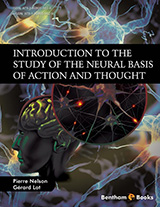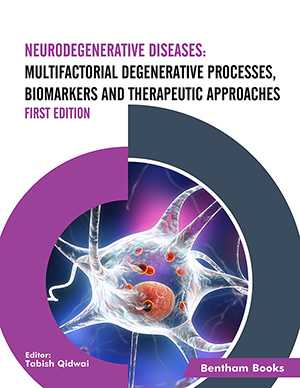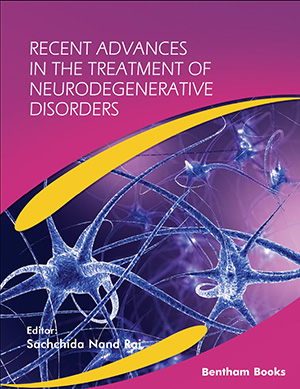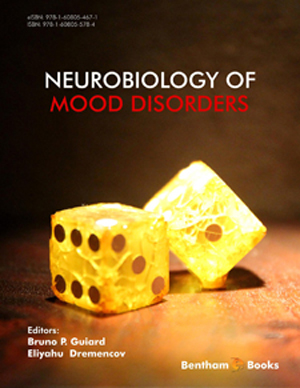Abstract
In adult mammals, neurogenesis persists throughout life in two active sites:
the ventricular-subventricular zone along the lateral ventricles and the subgranular zone
of the hippocampus. In rodents, postnatal neural stem cells with astrocytic properties,
originating from embryonic ventricular radial glia, generate a continuous, lifelong
supply of neurons for the olfactory bulb and glia for the corpus callosum. Thyroid
hormones play a regulatory role in this process. In humans, ventricular neurogenesis is
minimal, but hippocampal neurogenesis extensively remodels the dentate gyrus,
influencing memory and mood. Hippocampal neurogenesis begins with stem cells in
the dentate gyrus subgranular layer, generating a sequential lineage of intermediate
precursors and neuroblasts. These neuroblasts migrate to the granular layer,
differentiate into granular cells, and integrate into the existing dentate gyrus neuronal
pool. Thyroid hormone specifically regulates the late stages of this process, promoting
the terminal differentiation of neuroblasts and facilitating their functional integration.
Hypothyroidism disrupts hippocampal neurogenesis, impacting learning, memory, and
mood. The intricate regulation of adult neurogenesis by thyroid hormone highlights
their crucial role in maintaining cognitive and emotional functions.
Keywords: Astrocytes, Calbindin, Calretinin, Dentate gyrus, Differentiation, Hippocampus, Learning, Memory, Neuroblasts, Proliferation, Radial glia, Subgranular zone, Stem cells.









